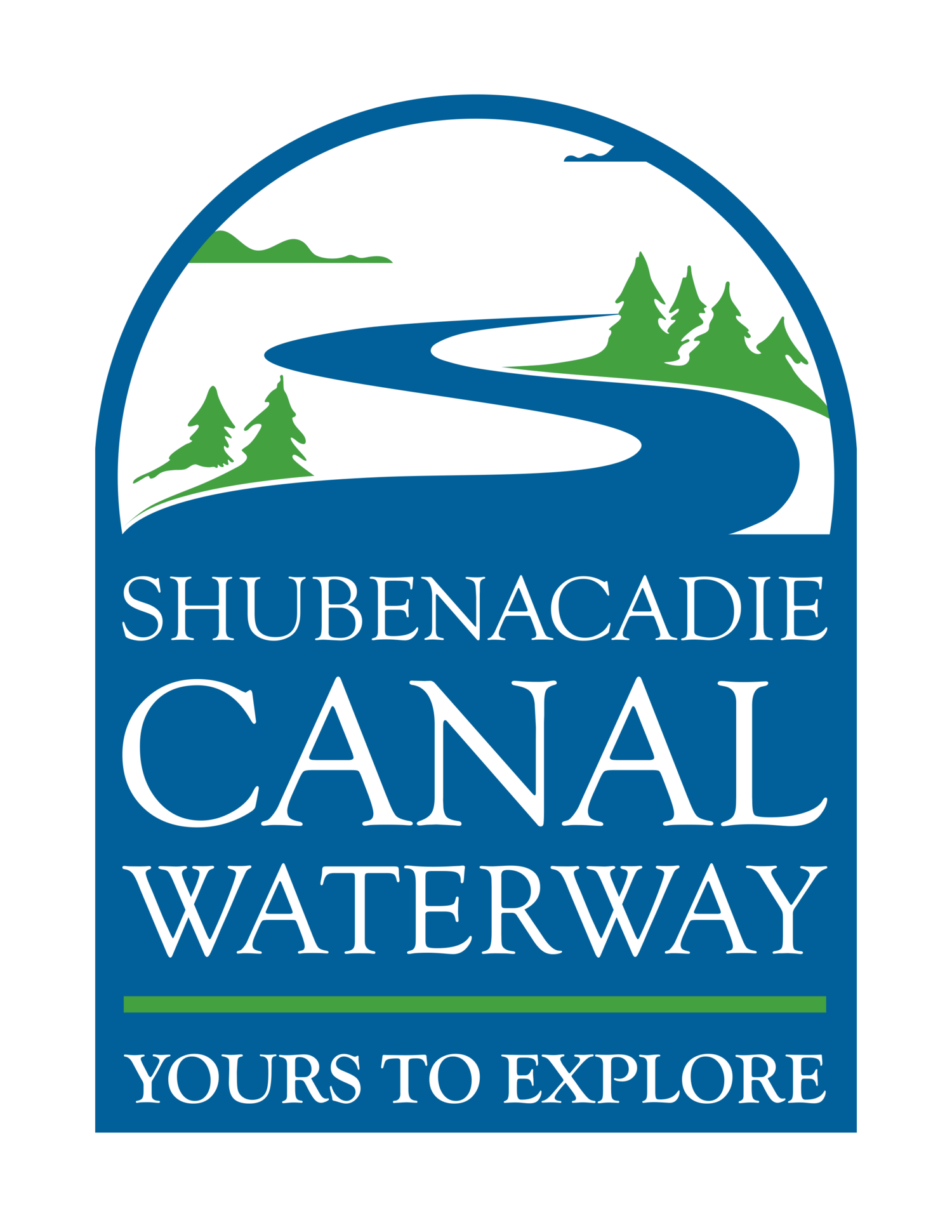The best source of information we have regarding day to day life on the Canal during the period it operated (1860 – 1872) is the Lock Keeper’s (Henry Findlay’s) Log. While his entries are rather sparse, we do get some idea of the volume of traffic and the types of cargo being transported. Below is the entry for Sept 3rd, 1861.
“Put Laidlaw’s scow down the plane this morning with a load of bricks 7500. Then went to Porto Bello and passed up Doulls scow with a load of cordwood, returned home. Then passed Laidlaw’s empty scow up the Plane and through No. 1 for another load of bricks. Then wroght (worked) the balance of the day with men at the corner of Skerry’s field (foot of Octerloney St).”
A “scow” is a type of boat used to carry cargo and the “plane” he refers to is the Marine Railway which transported vessels between the Harbour and Sullivans Pond. This is the feature which the Commission, in cooperation with HRM, will be depicting on the Greenway which parallels Prince Albert Rd. His reference to Porto Bello has to do with a second Marine Railway which ran between Lake William and the stream flowing from Lake Charles. The path followed by the rail system can still be seen as well as the stone dam which was needed to back up the water to Lake Charles. The two Marine Railways were powered by water turbines and were able to transport the vessels between the two bodies of water in a matter of minutes.

